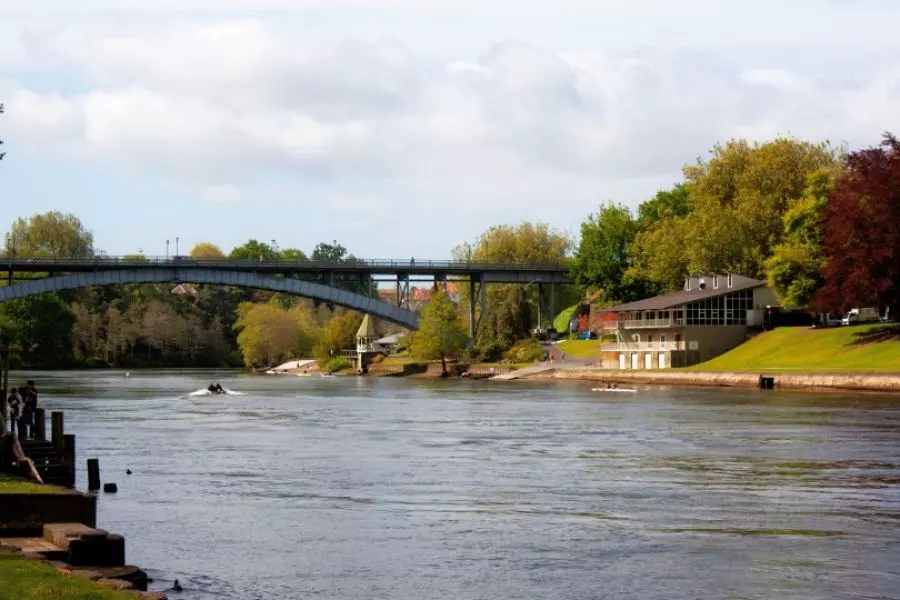News
Hamilton: river city on a roll

Monday 26th of October 2015
Hamilton's future is looking bright. “You can't stop growth,” Mayor Julie Hardaker says. Along with recorded increases in the economy, retail sales and building consents is a marked incline in the population, which is growing by 3000-4000 per year, or a street a week.
“When we look at population projections over the next 30 years, Hamilton will increase by the s...
Want to read the full article?
Click the button below to subscribe and will have unlimited access to full article and all other articles on the site.
8 min read
10 min read






![[The Wrap] Bye Bye Bayly](https://goodreturns.publit.io/file/c_fill,w_900,h_600/39f23ac1-f7c7-4854-b700-a150004ebbac.webp)


